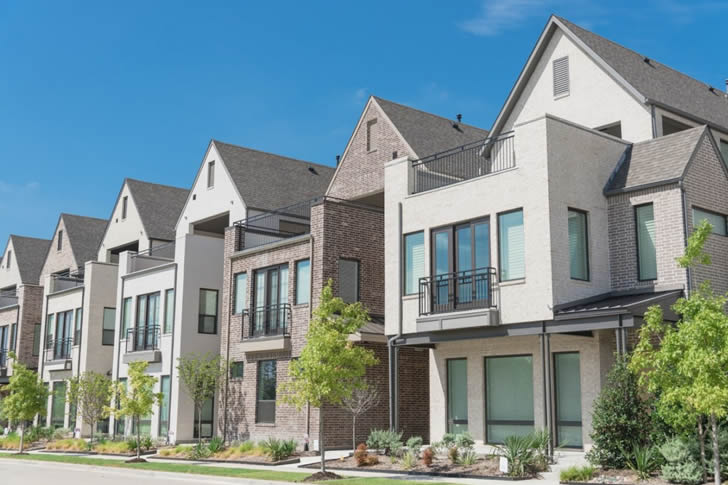Practical Guide to Cheap Apartment Options for Seniors
Finding affordable housing can be a significant challenge for seniors, who often live on a fixed income. The good news is that there are various strategies and resources available that can help lower the cost of renting an apartment for older adults. In this article, we will explore practical tips and provide insightful information on how seniors can secure affordable living spaces.

### Understanding the Housing Market for Seniors
Before diving into the ways to secure cheaper apartments, it’s crucial to understand the housing market specific to seniors. According to the U.S. Census Bureau, more than 11 million senior households spend over 30% of their income on housing. This statistic highlights the need for more affordable housing options for the aging population.
### 1. Utilize Government Subsidies and Vouchers
One of the most effective ways for seniors to get cheap apartments is through government assistance programs. The Department of Housing and Urban Development (HUD) offers several options:
– **Section 202 Supportive Housing for the Elderly Program**: This program provides funding to develop and subsidize rental housing with supportive services for low- and very low-income seniors.
– **Housing Choice Voucher Program (Section 8)**: Seniors can apply for Section 8 vouchers, which cover a portion of the rent, depending on their income. The senior pays about 30% of their monthly income towards rent, while the voucher covers the rest.
### 2. Consider Location
The cost of living varies dramatically across different states and cities. For seniors, considering a move to a location where the cost of living is lower can result in significant savings. States like Oklahoma, Arkansas, and Mississippi often have lower rental costs compared to states like California and New York. For example, the average rent for a one-bedroom apartment in Mississippi is approximately $725, whereas in California, it jumps to over $1,500.
### 3. Downsize to Save More
Downsizing can also help reduce housing costs considerably. Smaller apartments not only have lower rental rates but also come with reduced utility and maintenance expenses. Seniors should assess their actual space needs and consider downsizing to a more manageable and less expensive apartment.
### 4. Explore Senior Living Communities
Senior living communities often offer units at various price points, including some designed to be more affordable. These communities also typically include utilities, maintenance, and sometimes even meals within the rent, helping to manage and reduce overall living expenses.
### 5. Take Advantage of Non-Profit and Charitable Programs
Many non-profit organizations offer housing assistance to seniors. For instance, the National Council on Aging (NCOA) works with various agencies to provide affordable rental housing options. Local charities and religious organizations may also have resources or subsidies available.
### 6. Seek Shared Housing Arrangements
Another cost-effective option is shared housing. By sharing a space with another senior, you can split expenses like rent, utilities, and food. Organizations such as the National Shared Housing Resource Center can help connect seniors with shared living opportunities.
### Conclusion
While the quest for affordable housing can be daunting, especially for seniors on fixed incomes, the strategies mentioned above offer viable solutions to reduce housing expenses. By taking advantage of government programs, considering cheaper locations, downsizing, investigating senior living communities, utilizing non-profit resources, and exploring shared housing, seniors can find comfortable and affordable housing options suitable to their lifestyle and budget.







Recent Comments